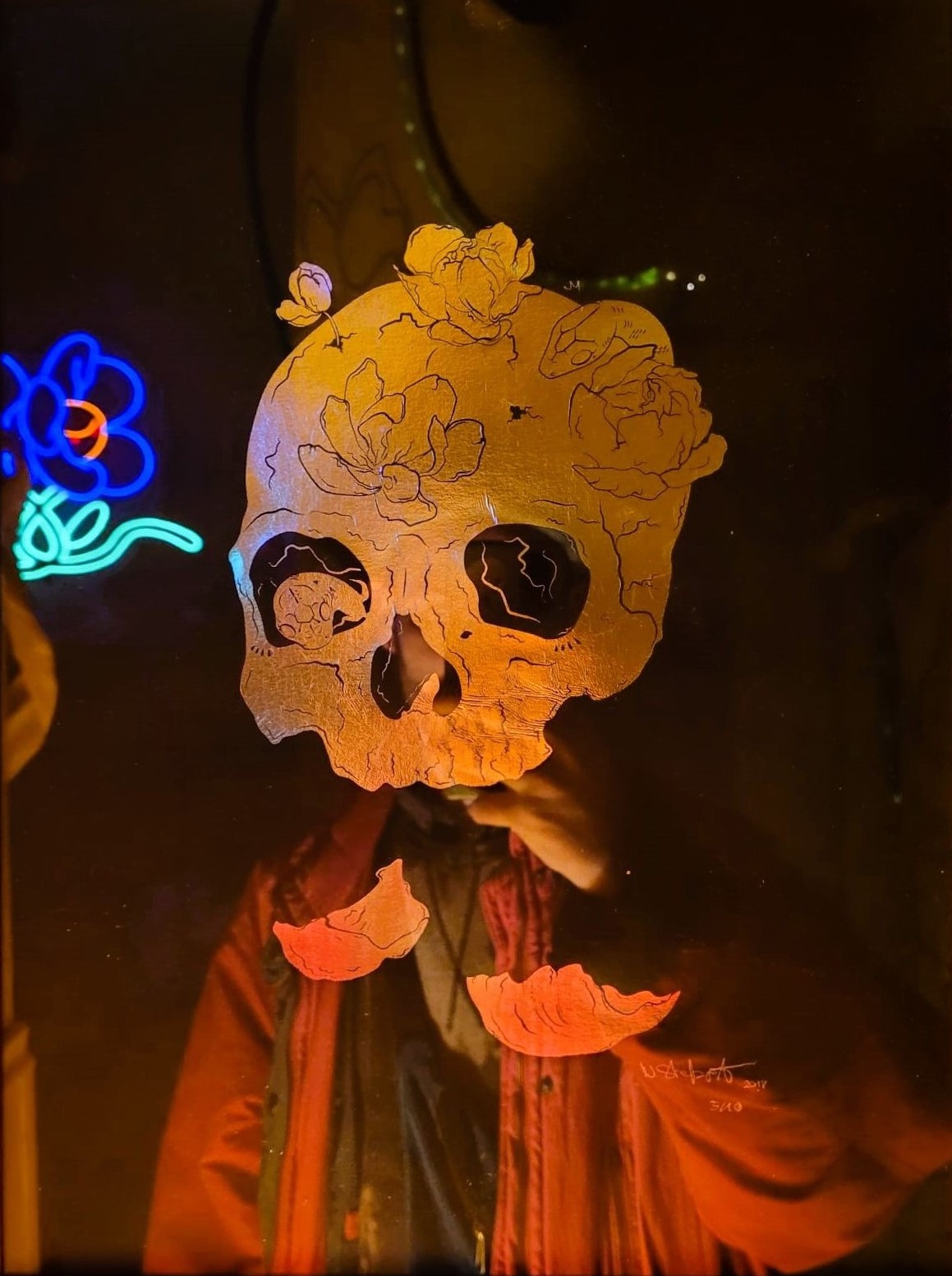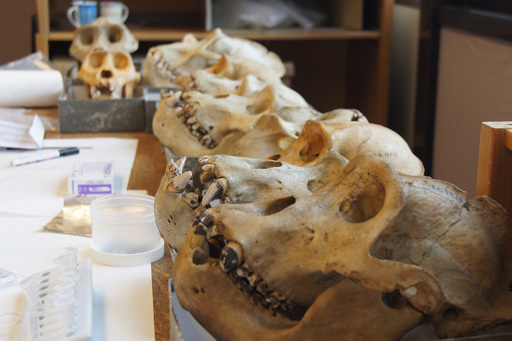A new study looking at the evolutionary history of the human oral microbiome shows that Neanderthals and ancient humans adapted to eating starch-rich foods as far back as 100,000 years ago, which is much earlier than previously thought.
The findings also push back on the idea that Neanderthals were top carnivores, given that the “brain requires glucose as a nutrient source and meat alone is not a sufficient source,” Warinner said.
We’ve got top carnivores working on this thing. Top. Carnivores.
“brain requires glucose as a nutrient source and meat alone is not a sufficient source,”
Human biology is able to produce all required glucose in the liver from stored fat via a process called gluconeogenesis.
When ketones (fuel from fat) are available the brain prefers to burn ketones at a 70/30 rate vs glucose. There may be many reasons for this, but one major reason is using ketones causes less oxidative stress inside of the brain. This applies even in high glucose individuals taking exogenous ketones
https://www.ncbi.nlm.nih.gov/pmc/articles/PMC3734783/
Ketones are considered to supply up to 70% of the total energy demands once maximal metabolic adaptation occurs.
Oh look, more evidence that the paleo diet is bullshit at all levels
From the article:
… early humans were able to tap into in the form of roots, starchy vegetables, and seeds.
These foods are all allowed and even encouraged on the paleo diet.
If anything, by limiting the list of starch sources to these foods, this article adds support for paleo.



